I'm one of the very few who love the Prowler. I'd like to own one.Look. Who would have thought that the Plymouth Prowler actually has a cute interior?
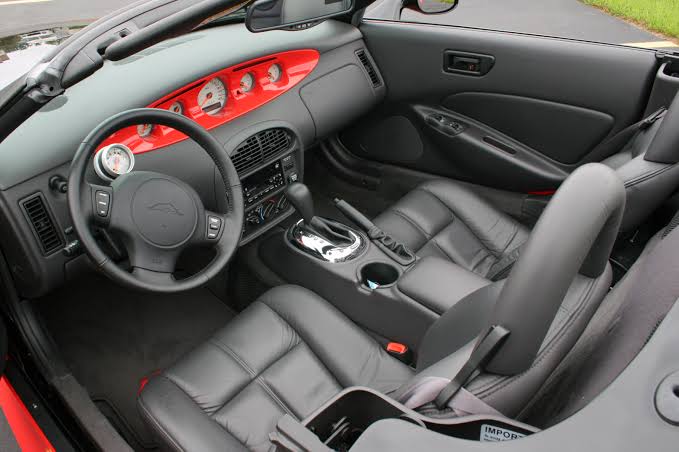
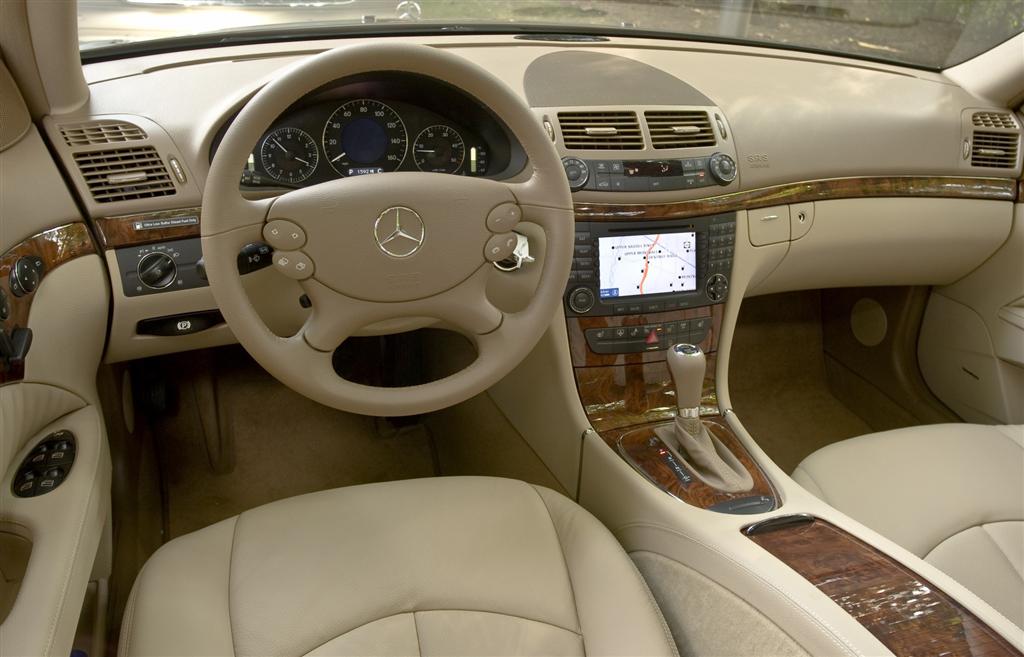
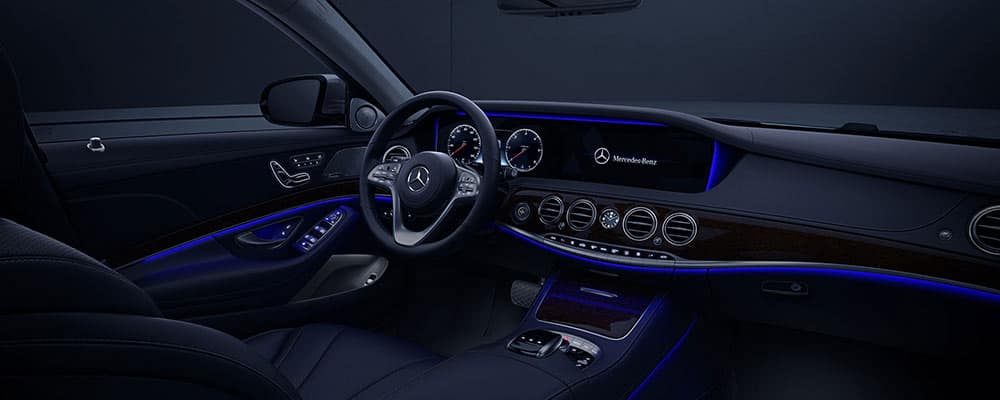
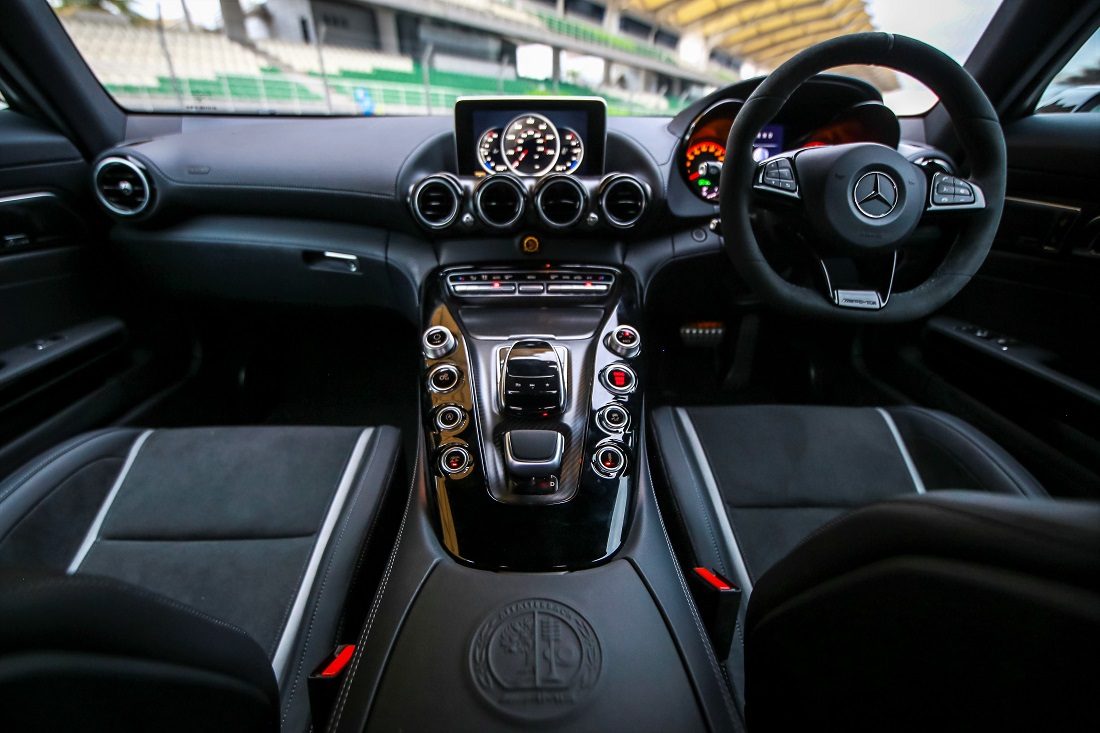
It's simplicity is what makes it pretty.The Lancia Stratos has a rather plain Jane interior but it still has a classic feel to it. This particular example even has a fire extinguisher inside. Definitely pure function over form here.
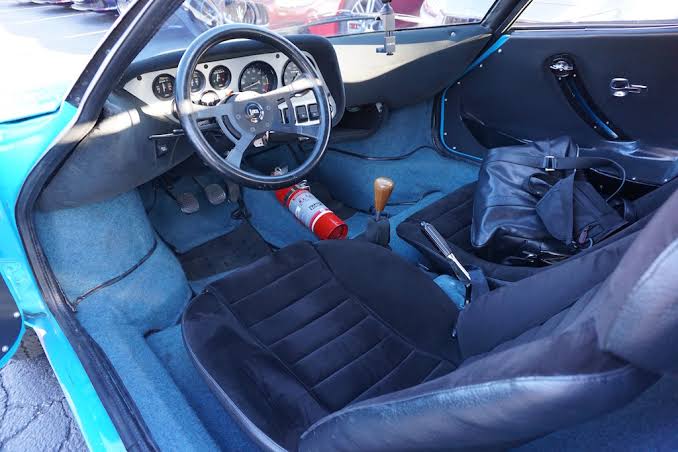
Never knew that the Opel Speedster actually had an interior like this.
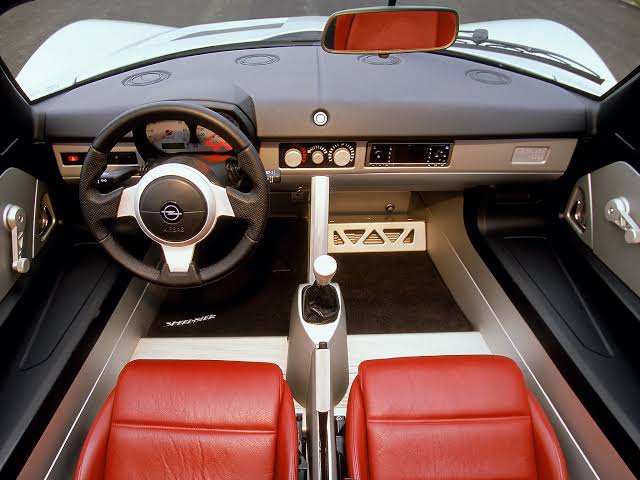
But it does share obvious bits of it from its cousin, the Lotus Elise, particularly the layout, the transmission tunnel where the shifter is sitting and even the 3-spoke steering wheel design, not to mention the color of the leather seats and combination of black-silver accents as well.
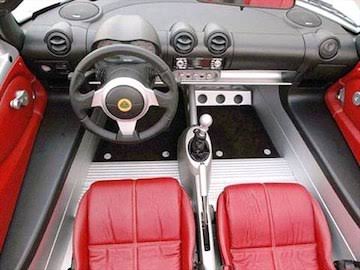
Btw, I wonder why both of these roadsters don't have power windows as a standard feature during that time? Both of the examples above are MY2005.
The Lancia Stratos has a rather plain Jane interior but it still has a classic feel to it. This particular example even has a fire extinguisher inside. Definitely pure function over form here.

I've often wondered about the feel of the shift in those R4s--the linkage doesn't inspire a great deal of confidence:And for the record, that dashboard-mounted shift has a lovely action. The pattern is as-per a normal car (i.e. it's on the horizontal plane), but the shift is really slick and mechanical - it's basically just a large rod which goes right over the engine to the front-mounted gearbox.
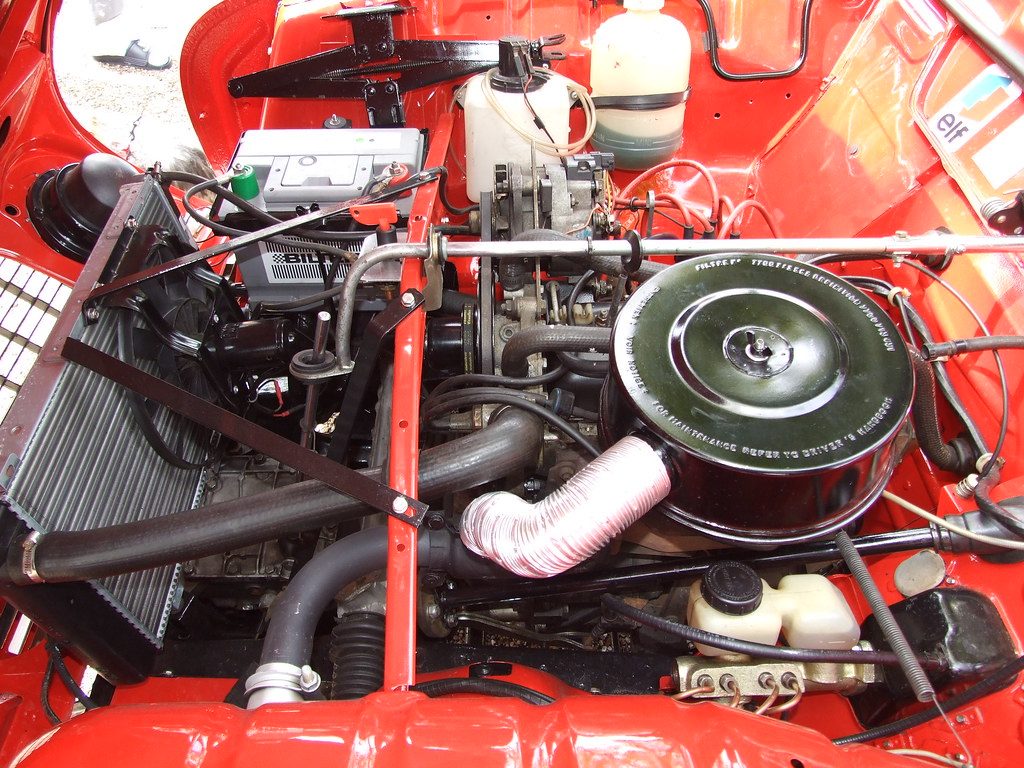

Has the American auto industry ever produced a compelling small car design?
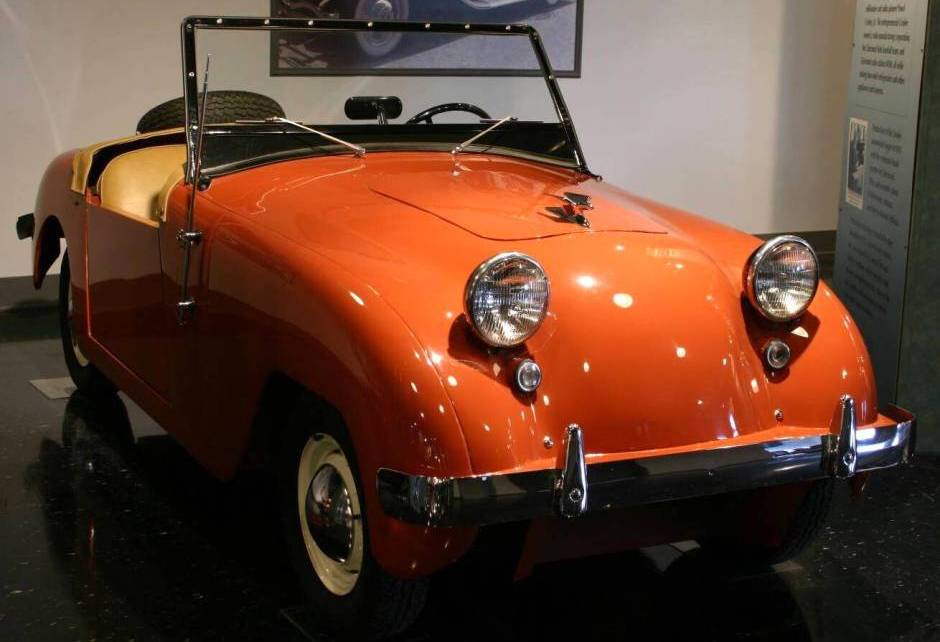
Only one of the most iconic cars of all time:Has the American auto industry ever produced a compelling small car design?

Only one of the most iconic cars of all time:

It's often forgotten than the original Mustang was heavily based on the Ford Falcon, and was originally intended as an affordable small car which would appeal to young men and women through good looks, reasonable performance and running costs, and reasonable practicality. The dimensions are almost identical, and the Falcon was a typical American small car of the '60s. Obviously it grew incrementally with every iteration up until the Mustang II (undoubtedly a small American car), but I would argue that by American standards the Mustang was originally a small car and has been for the majority of its life. It's been known for its performance variants, but the majority of sales have been from relatively plebeian models sold to ordinary people who want something a little bit more interesting than a compact or midsize sedan.
Same. It may not be that wide yet but yes, it's still hard to consider the original Mustang as a small car because of its enormous length.I see your point, but I have a hard time considering the Mustang to be a genuinely small car. My brother has a 1967 coupe, and it does not feel small. A 1965 Mustang is a full 5 feet longer than an original Mini. The Mustang II gets close...but lets not talk about the Mustang II....
I'm not sure I'd call it a genuinely small car, but by American standards it is a small car. In the UK a Golf isn't considered a small car but in the US it is, so standards are all relative. It's worth noting that at 182 inches long and 68 inches wide the original Mustang is shorter and narrower than a Chevrolet Cruze, Honda Civic, or Toyota Corolla.I see your point, but I have a hard time considering the Mustang to be a genuinely small car. My brother has a 1967 coupe, and it does not feel small. A 1965 Mustang is a full 5 feet longer than an original Mini. The Mustang II gets close...but lets not talk about the Mustang II....
It's definitely an attractive design and I think it could have been a great success apart from one huge flaw in the design: the boot.You know, this is far more smaller than the original Mustang even by American standards but then again, it first came out in 00s and it's not as famous as the latter or even against similar sized rivals like the S2000 or Miata.
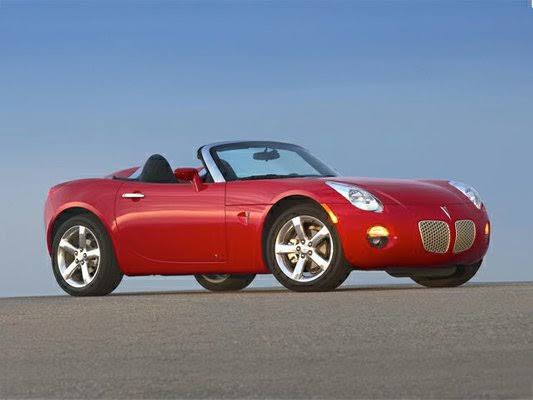
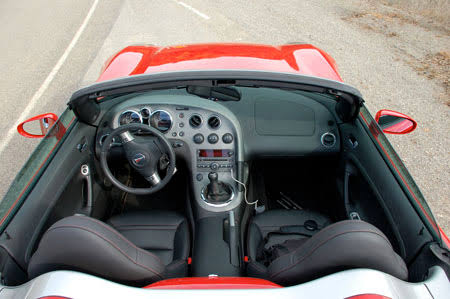
Nonetheless, I personally still find its design very alluring for some reason even during these days. I think it looks somewhat ahead of its time, too. And it also has rebadged cousins that even look better in some angles. Only if it was offered here in our homeland way back then.
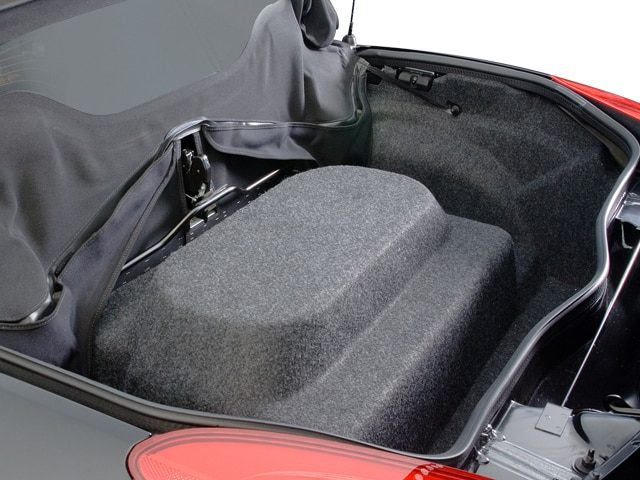
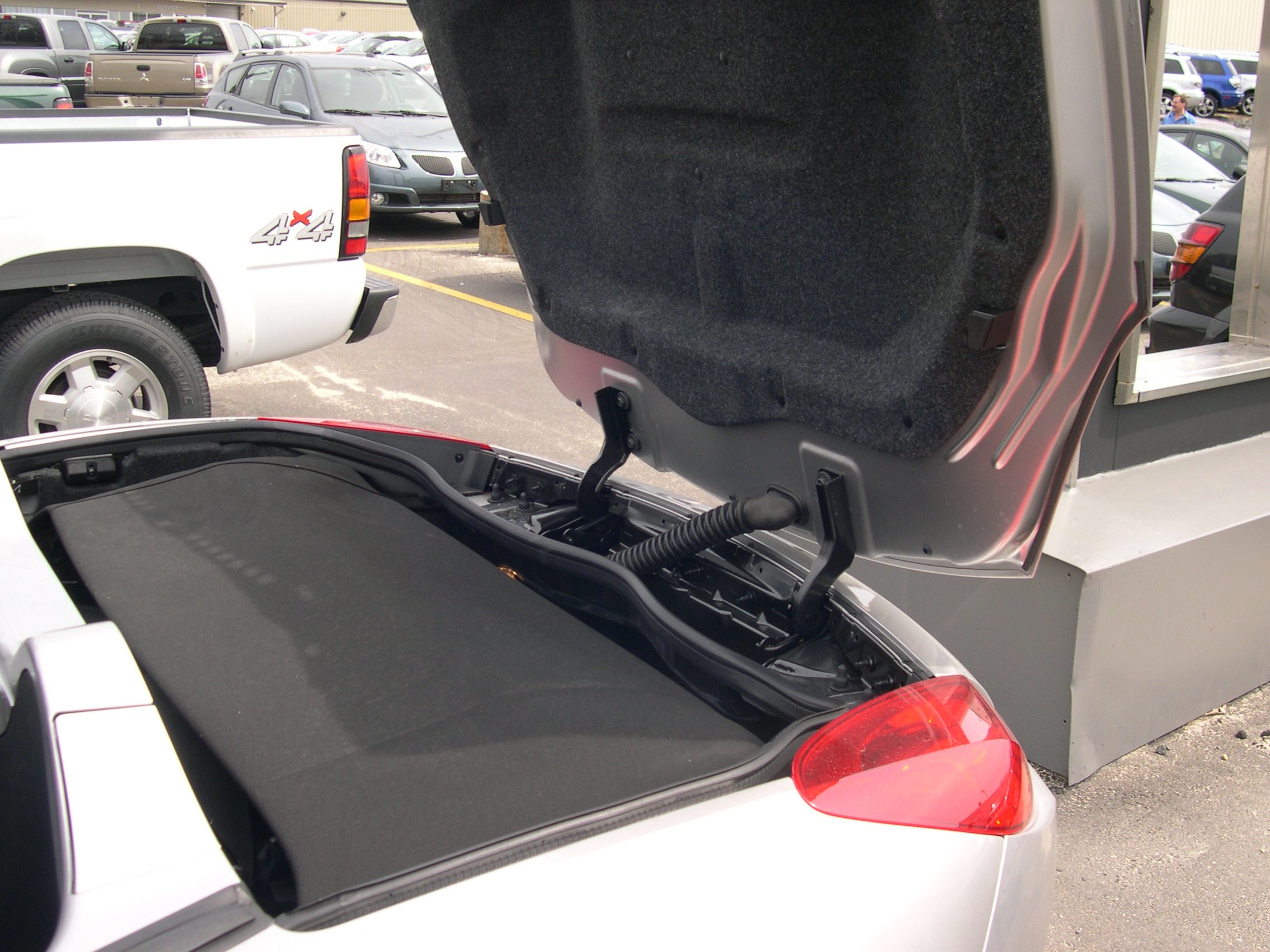
Ah yes. The only thing that I didn't like about its design is that the soft top doesn't really have much of cargo space to offer. But there's a coupe variant, although it's really rare to find.It's definitely an attractive design and I think it could have been a great success apart from one huge flaw in the design: the boot.
Roof up:

Roof down:

By contrast, the MX-5 has a usable and fairly conventional boot with the roof up or down. It's possible that had GM made the car with a usable cargo area that it would have been able to compete quite well with the MX-5. Of course, this is GM we're talking about, so who knows what other issues the car would have had...
I'm not sure I'd call it a genuinely small car, but by American standards it is a small car. In the UK a Golf isn't considered a small car but in the US it is, so standards are all relative. It's worth noting that at 182 inches long and 68 inches wide the original Mustang is shorter and narrower than a Chevrolet Cruze, Honda Civic, or Toyota Corolla.
Is the Mustang an objectively small car? Not really. Is it a small American car? I think so.
It's also worth noting that when the Mustang was introduced Ford's smallest car was the Falcon, Chevy's smallest car was the Corvair, and Dodge's smallest car was the Dart, all of which were comparable in size to the Mustang. Again, none are especially small in an objective sense, but relatively speaking the Mustang was about as small as mainstream American cars got at the time.
"AMC said it was the first car designed from the inside out. Four passengers were positioned with reasonable clearances and then the rest of the car was built around them as compactly as possible."
